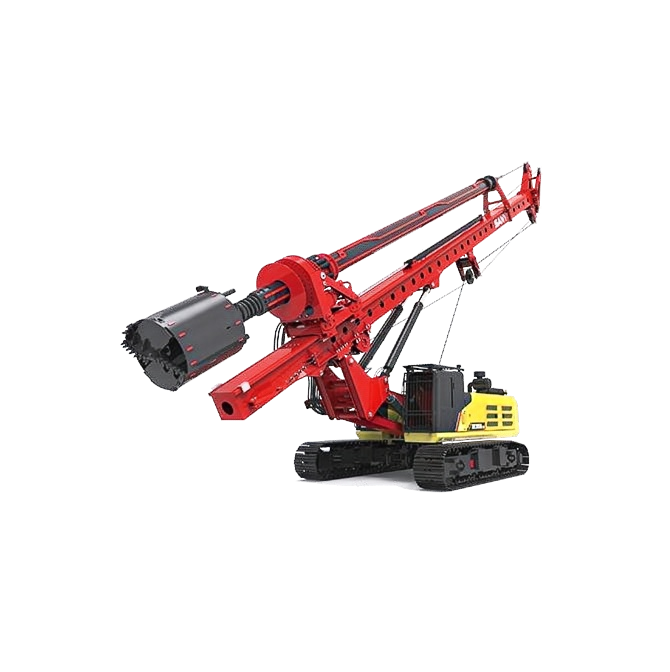Introduction
Choosing a rig among all the available borehole drilling machines is arguably the most important decision you need to make- and this affects how easy, safe & successful your driller project will be. Different terrain and geological conditions present their own challenges, so for those producing a new significant hole it is necessary to select the right machine. From dense mountain ranges to soft, swampy soils, the right equipment for the environment is not one size fits all. This paper describes how terrain and geological conditions can impact your choice of borehole drilling machines, and in turn, the support requirements for such operations.
Kinds of Borewell Drilling Machines
- Cable tool drills simple and easy to work with soft soil as well as light clay.
- Rotary drills Rotary drills, being capable of bending the range of geological conditions.
- DTH hammers (Down-the-Hole), which are used for deep drilling in the hardest rocks.
- Sonic and pneumatic drills: driven by vibration or air pressure.
Different types have differing operations and capabilities which make them recommendations for different scenarios.
Terrain Considerations
The type of drilling machine that may be used can depend on the terrain across which the drilling machine needs to travel and operate. Factors to consider include:
Flat ground- Machines comprised of a wide stable base to avoid tipping
• Hills or Mountains — require machines with superior traction to no slip and possibly The Benefits Of Tracks Over Wheels.
- Areas with unstable or wet foundations may need drilling equipment equipped with flotation devices or operated remotely to prevent sinking.
In importance, are the ability of drilling machines to adapt to different terrains, their mobility and transportability, stability, latching systems.
Geological Conditions
Different geological formations have different resistances, ranging from soft sedimentary rock to hard igneous rocks that each provide a host of unique challenges in drilling. Here are some factors to consider while choosing a drilling machine :
• Penetration percentages, and Torque values which are responsible for hardness rock.
Bit selection — different geometries may wear out bits faster depending on the formation.
Specialized drilling fluids are important for lubrication, cooling and debris removal in different geologic situations
Internal challenges — operating in hostile terrain
Drilling in remote or challenging terrains is problematic on three levels:
Wet-area access and transportation issues (including use of helicopters or ATVs) over rugged terrains
Weather and climate, such as heat or cold conditions Natural disasters like heavy rain Sun Solar flares occur from the weather and can reduce the stability of drilling rigs and safety operations.
- There is a lot of danger involved in these kinds of scenarios, and that is why the role of remote-controlled and autonomous drilling machines become so important besides they don't even risk in human lives due to being able to work on potentially life threatening areas.
Drilling Conditions non-conducive to success
There are a few options that can be turned to when geological conditions are not in favor:
For hard rock formations, replacing the bit for a design more suitable of DTH Hammer or rotating drilling will improve penetration rates.
In, on the other hand, loose or fractured ground stabilities of bottoms shaft can safety positioned and prevent collapse again by e.g. grouting or the wrong case using similar techniques.
Drilling hazards has to be contained and managed by regular monitoring along with using the safety equipment applicable.
Case Studies
This not only helped to identify “real world” best practices, but offered a detailed review of the challenges project managers face in numerous terrains. For example, a project in the mountains might have used a tracked rotary drill that is capable of climbing up and down steep slopes and adapting to percussive ground. Alternatively, a project in a desert environment will likely be using a cable tool drill capable of drilling through the soft and sandy soil.
Conclusion
Terrain and geologic conditions are the key factors that determine the type of drilling machine that will be used for boreholes in any given area which will also affect efficiency, tool life and operational costs. This will help guide project managers to make the best decision with regards to the preferred equipment correlating with their individual needs. There will be new drilling machines built that can run in any and all terrains, soils and rock formations to continue enabling efficient work on drill projects as technology progress more.

